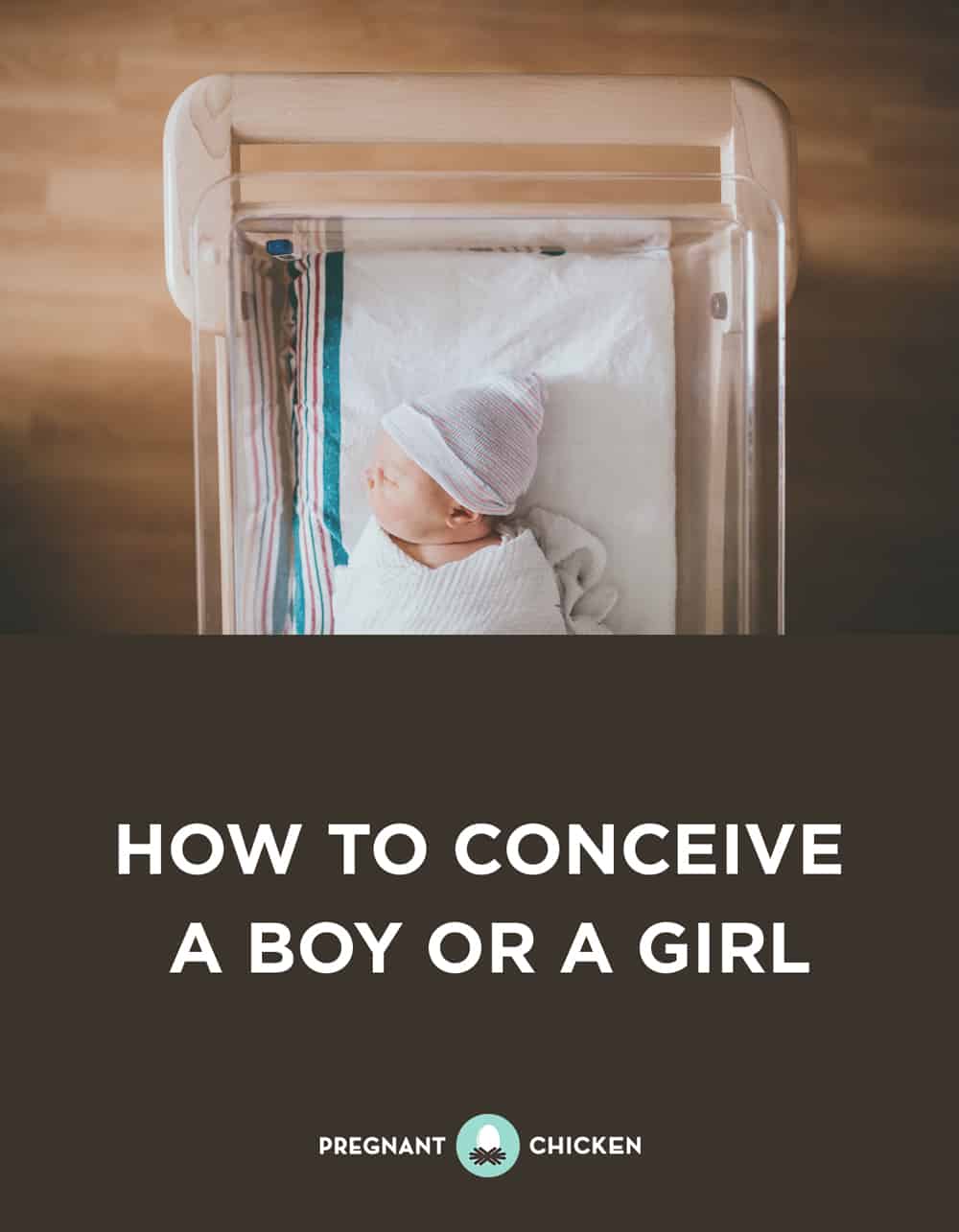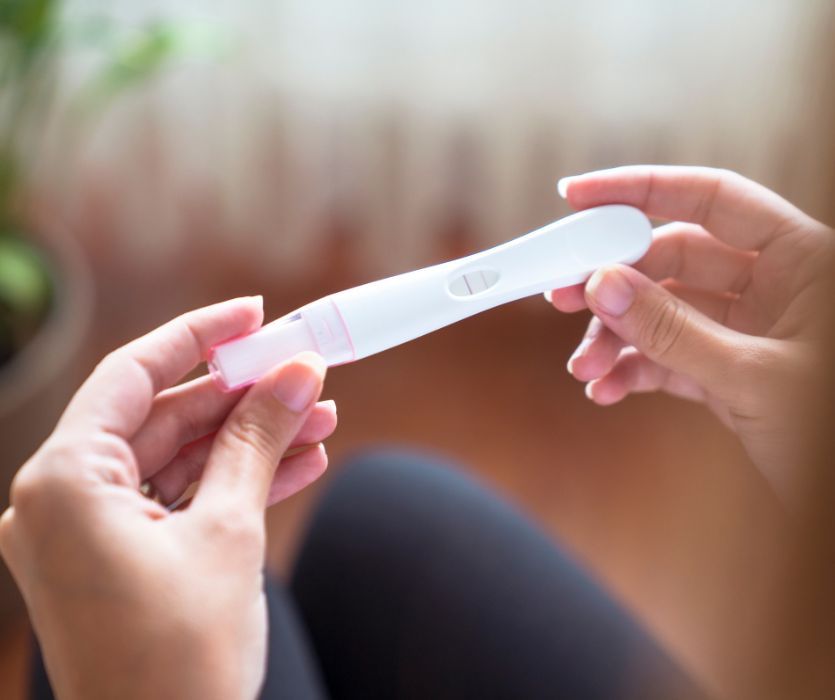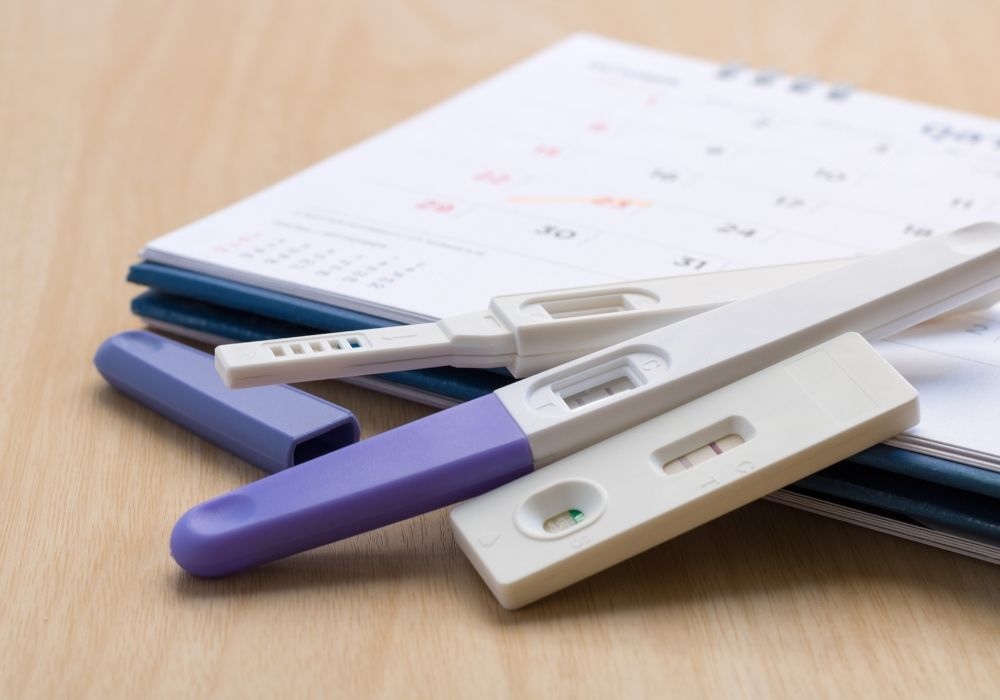It’s a scientifically (un)proven fact that the first question you’ll be asked after announcing that you’re pregnant is, “Are you hoping for a boy or a girl?” While there’s no doubt that your main concern is having a healthy, happy baby, there’s a teeny, tiny chance that you might be leaning in one direction or the other. Although you will be over the moon for any little person you bring into the world regardless of how many X chromosomes they have, here’s what our old friend science has to say on the matter.
How to build a baby
As you probably know, conception requires the fertilization of an egg by a sperm. While the egg always carries an X chromosome, male sperm can carry either an X or Y chromosome. If an X sperm penetrates the egg, the baby conceived will be a girl; if a Y sperm gets there first, the baby will be a boy. Now the reality is genetics in real life play out a lot differently than on paper, and there are an assortment of variations to this formula, but for simplicity’s sake, we are going to stick with the basics.
The first 3 “sex selection” theories we’ll talk about below originated in the 1960s, when biologist Dr. Landrum B. Shettles suggested that male (Y) and female (X) sperm had different characteristics that could be factored in when trying to conceive a particular sex of baby. Today, attempts at “gender swaying” using his suggestions are known as The Shettles Method. Shettles believed that male sperm were quicker, smaller, and more fragile than female sperm, which were slower, larger, and more hardy. In addition, female sperm were believed to live longer and tolerate a more acidic vaginal environment than male sperm.
Theory # 1
Have sex prior to ovulation if you’re trying for a girl, and during ovulation if you’re trying for a boy.
Because Dr. Shettles believed that male sperm could not survive as long as female sperm, he suggested that having sex up to 2 days prior to ovulation would lean towards the conception of a baby girl, since the female sperm had a long enough “life span” to survive the longer trip to find the egg. Likewise, if a couple was hoping to conceive a boy, they should have sex as close to ovulation as possible, because the faster moving male sperm were thought to reach the egg before the female sperm.
Theory # 2
Have sex using deeper penetration methods if you’re trying for a boy, and more shallow entry if you’re trying for a girl.
Dr. Shettles believed that the “head start” provided by deeper penetration would benefit faster-moving male sperm. He also suggested that positions like the missionary position would mean sperm were deposited further away from the cervix, in a more acidic vaginal environment. Because male sperm were believed to be more fragile and less likely to survive the higher pH level, sex in this position was thought to favour the conception of a female baby.
Theory # 3
Simultaneous orgasm favors boys and avoiding female orgasm favors girls.
Similar to the previous suggestion, Shettles believed that simultaneous orgasm from both partners would help get those little baby boy sperm to the finish line first, while avoiding the female orgasm would reduce the pelvic contractions that would give Y sperm the first crack at the egg (ba dum chhh).
Do any of the methods suggested by Dr. Shettles work?
Well… technically, you have a 50% chance of having either a boy or girl, so the odds themselves may make it appear that the technique is effective. However, this article suggests that “researchers have found no morphological differences between human X sperm and human Y sperm […] and Y bull sperm do not swim faster than X sperm.” So, it would seem that any of the theories relating to swimming speed don’t hold any water (lil’ swimming joke for ya there).
Aside from that, if you were using the Shettles method to try for a girl and were avoiding sex during your most fertile window, your chance of getting pregnant at all diminishes. In other words, The Shettles Method is literally and figuratively a total shot in the dark.
Theory # 4
A high calorie diet (around 2,250 calories) favors the conception of boys.
According to a 2008 study, “mothers who eat breakfast every day, preferably a bowl of cereal, are more likely to have a boy.” It’s thought that, because baby boys are, on average, heavier than their female counterparts, there may have been evolutionary benefits to producing a boy when food for the mother was readily available.
Does it work?
The study mentioned above showed that, in a sample of 740 pregnant women, 56% of women with a diet of 2,250 calories or more conceived a boy, versus 45% of women who consumed a diet of around 1,750 calories. While the likelihood only increased by 9%, there was some influence on diet and sex of a baby.
So, can you really control whether you conceive a boy or a girl?
The only method that is almost 100% effective in selecting the sex of your baby is using preimplantation genetic diagnosis as part of the process of in vitro fertilization. As you’re probably aware, IVF is not only an emotionally and physically demanding procedure, but it’s also very expensive. Moreover, the moral and ethical discussion around predetermining our children’s sex is a pretty heavy one.
Most people tend to agree that it’s better to leave the final call up to nature, but if you’re in the mood to experiment with some of the natural theories mentioned above, the worst thing that can happen is you get a sweet little baby out of the deal.
Did you try any of the methods mentioned above to try for a boy or a girl? Did they work? Are there any we missed that you swear up and down by? We want to hear them in the comments!
Our next recos: Sperm Health and 10 Things That Can Affect Fertility





Leave a Comment